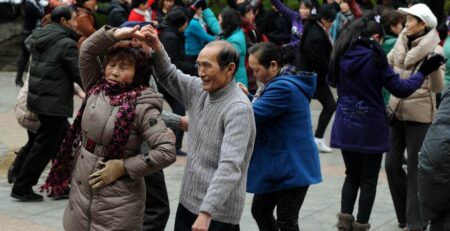How Does Saving For Retirement Affect Low-Income Workers?
There’s little disagreement that saving for retirement is a good thing. But could helping poor people build savings through a retirement plan reduce or eliminate their eligibility for social assistance? This important question has come up recently because state- or city-sponsored retirement plans are, or soon will be, automatically enrolling workers, some of whom have low incomes. California, Connecticut, Illinois, Maryland, and Oregon, as well as Seattle, offer retirement savings programs for private sector workers who do not have a plan at their workplace. Eligible workers are automatically enrolled in the plans, although they can change their savings rate or simply opt out.
The potential fly in the ointment is that as the retirement savings of low-income workers increase, their social safety net support could decrease—or be eliminated altogether. State and federal programs such as Medicaid, Temporary Assistance for Needy Families (TANF), the Low Income Home Energy Assistance Program, and the Supplemental Nutrition Assistance Program, often referred to as SNAP or Food Stamps, help low-income Americans. However, some of these programs limit participation to people with assets or incomes below a certain level, to guarantee that the program targets the truly poor. For example, many states set an asset ceiling, usually $2,000, for TANF eligibility.
Read more Forbes










